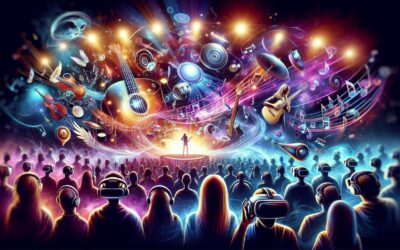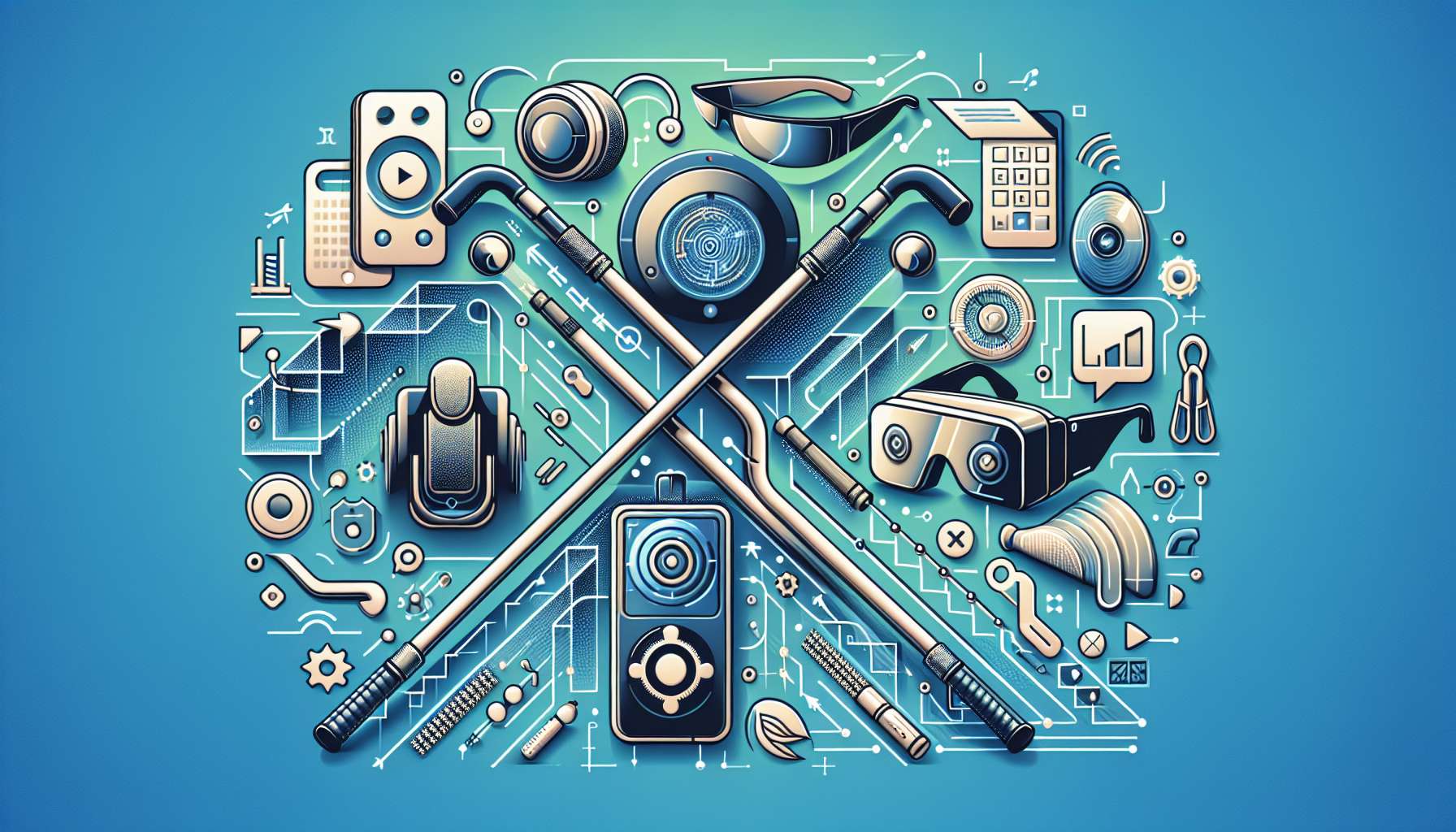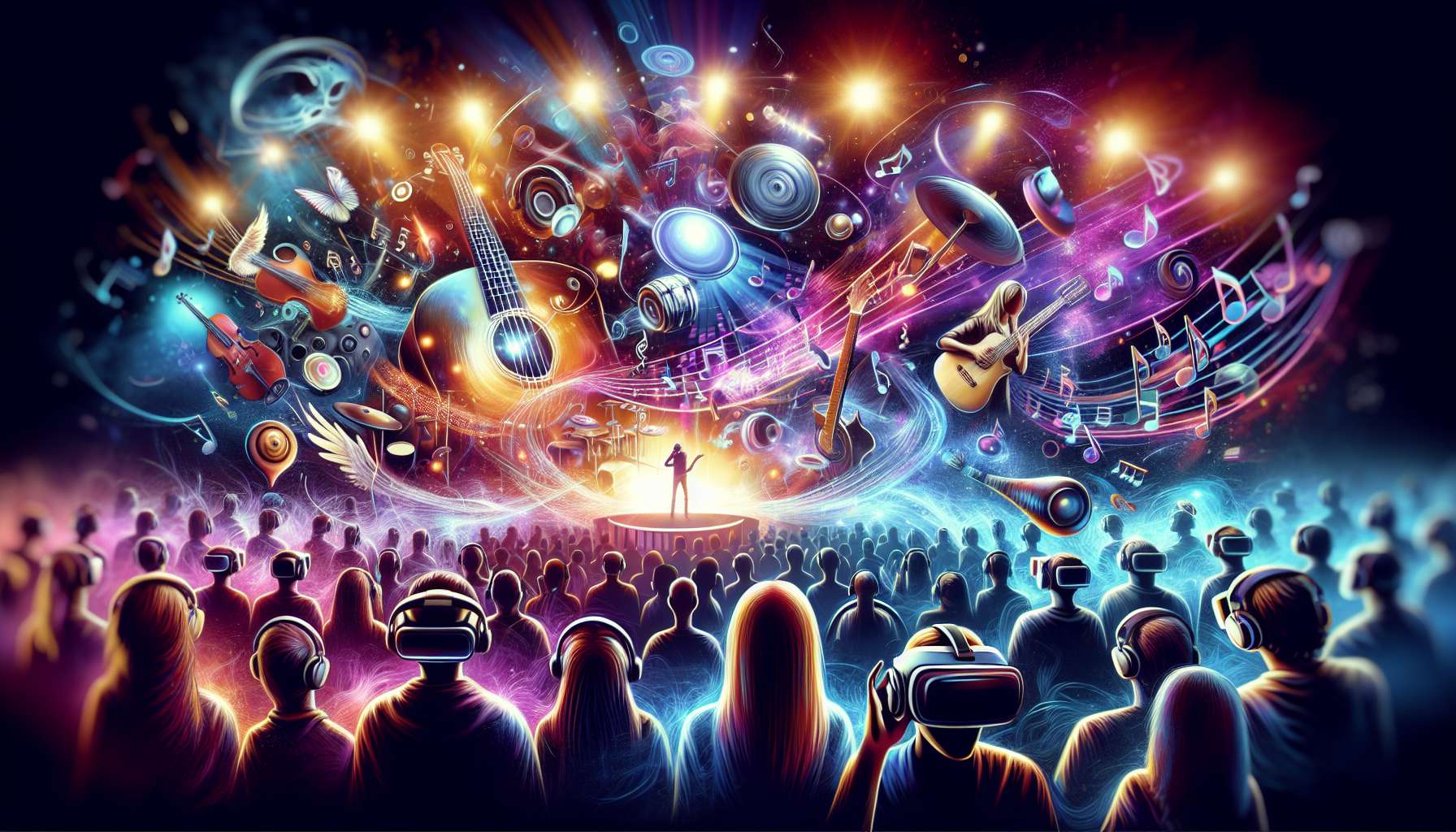The Impact of Augmented Reality on Industrial Design and Prototyping
Augmented Reality (AR) has revolutionized the way industrial designers and engineers approach the design and prototyping process. By blending digital information with the physical environment, AR technology offers a new dimension to product development, allowing for enhanced visualization, collaboration, and efficiency.
Enhanced Visualization
One of the key benefits of using AR in industrial design is the ability to visualize complex 3D models in a real-world context. Designers can overlay digital prototypes onto physical objects, allowing them to see how the final product will look and function in its intended environment. This enhanced visualization capability helps identify design flaws early in the process, leading to cost savings and faster time-to-market.
Improved Collaboration
AR technology enables geographically dispersed teams to collaborate in real-time on design projects. By sharing interactive AR models, designers, engineers, and stakeholders can provide feedback, make changes, and iterate on designs more efficiently. This level of collaboration streamlines the decision-making process and ensures that all team members are on the same page throughout the design and prototyping stages.
Efficient Prototyping
Traditional prototyping methods can be time-consuming and costly. AR simplifies the prototyping process by allowing designers to create virtual prototypes that can be manipulated and tested without the need for physical models. This not only accelerates the design iteration cycle but also reduces material waste and production costs. Additionally, AR-powered prototyping tools offer advanced simulation capabilities, such as testing product functionality and ergonomics in a virtual environment.
Future Outlook
As AR technology continues to evolve, its applications in industrial design and prototyping will become even more sophisticated. From immersive design reviews to virtual assembly simulations, AR has the potential to transform the way products are conceptualized, developed, and brought to market. By embracing AR tools and techniques, industrial designers can stay ahead of the curve and drive innovation in their respective fields.
- Enhanced Visualization
- Improved Collaboration
- Efficient Prototyping








